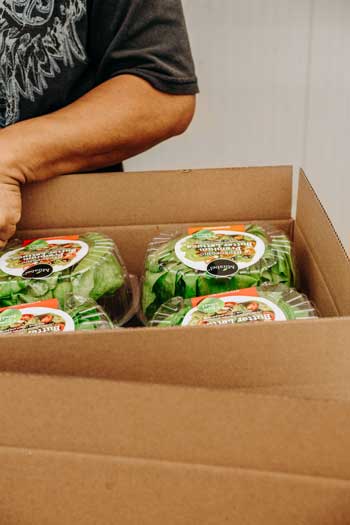
Our strategy is to use marketing intelligence to confirm that plastic is, indeed, the greenest material available at this time. Using expert opinions and efforts to minimize its impact, PET #1 plastic was proven to be the best material on the market that falls within a circular economy. For us, this type of packaging is not ideal, but it avoids food waste, one of the most common sources of pollution.